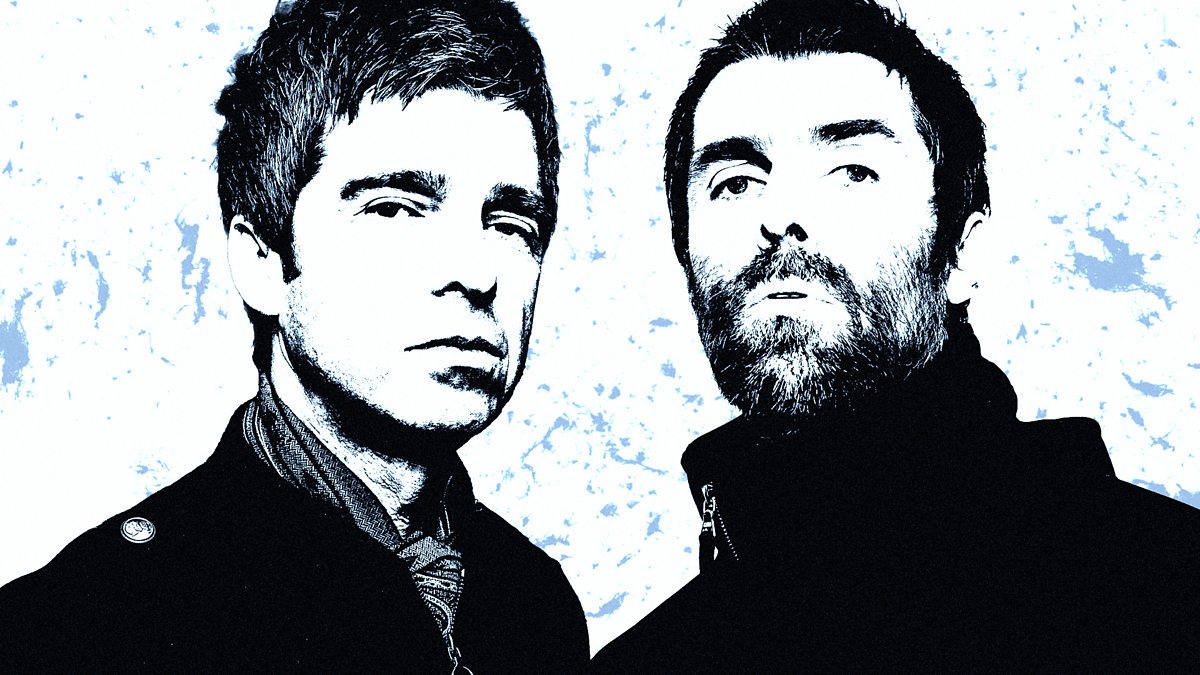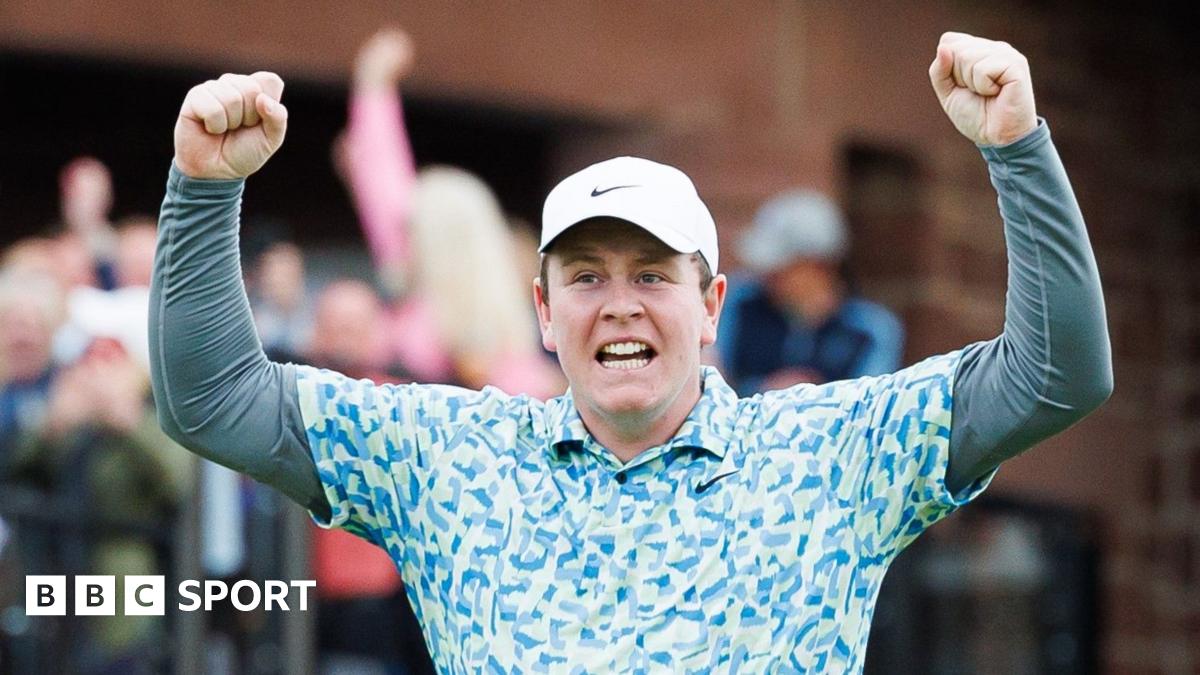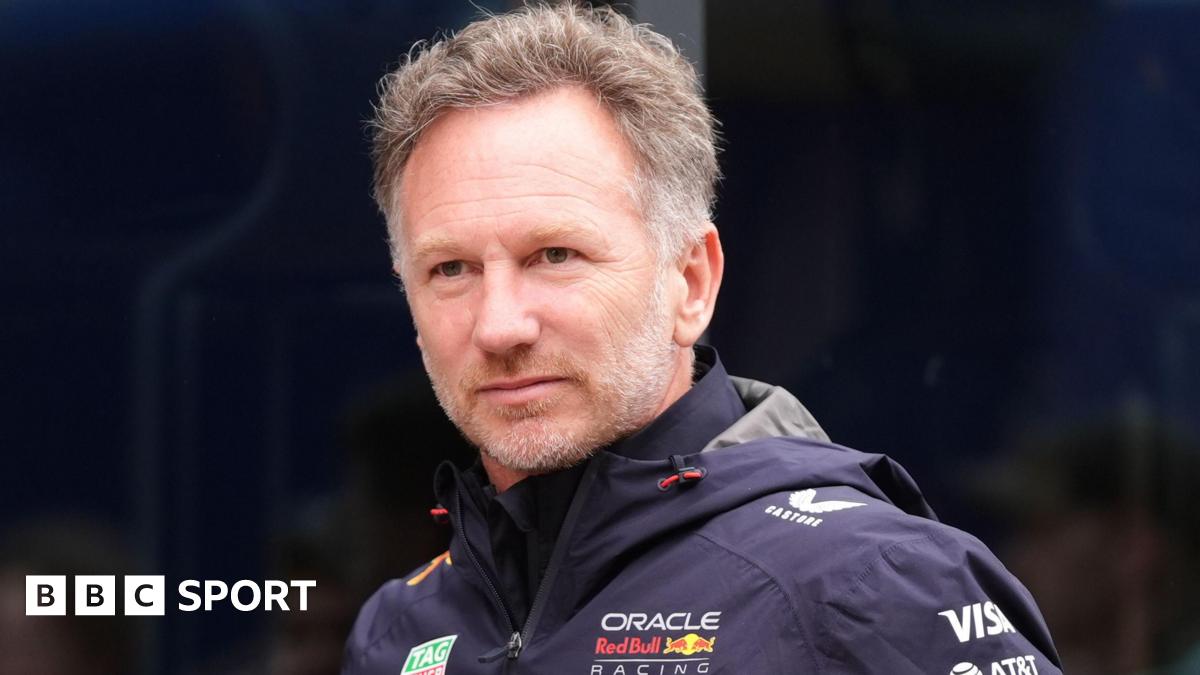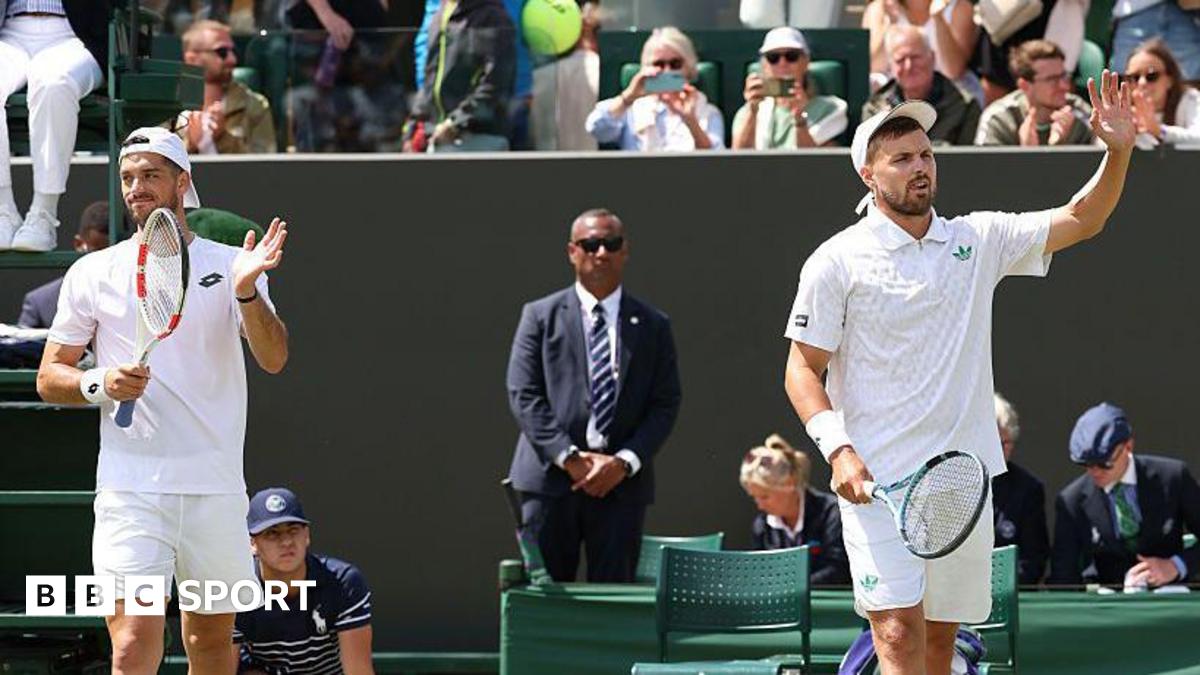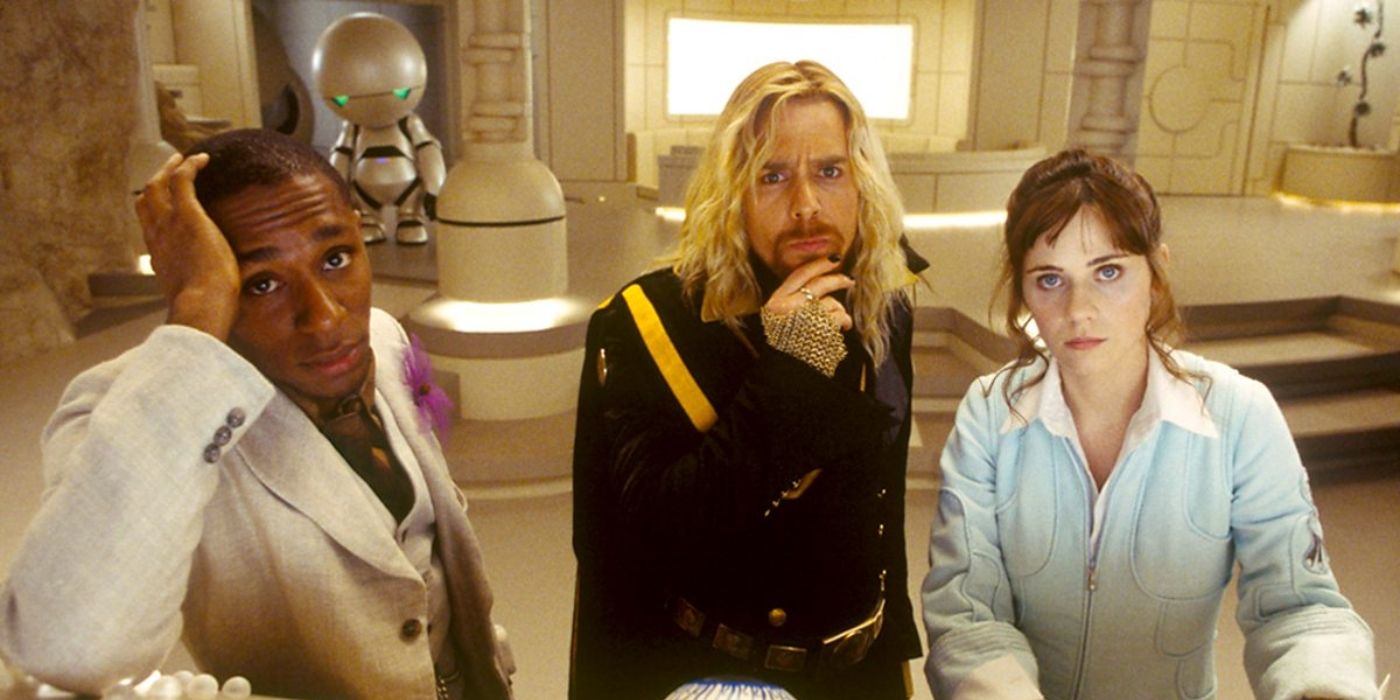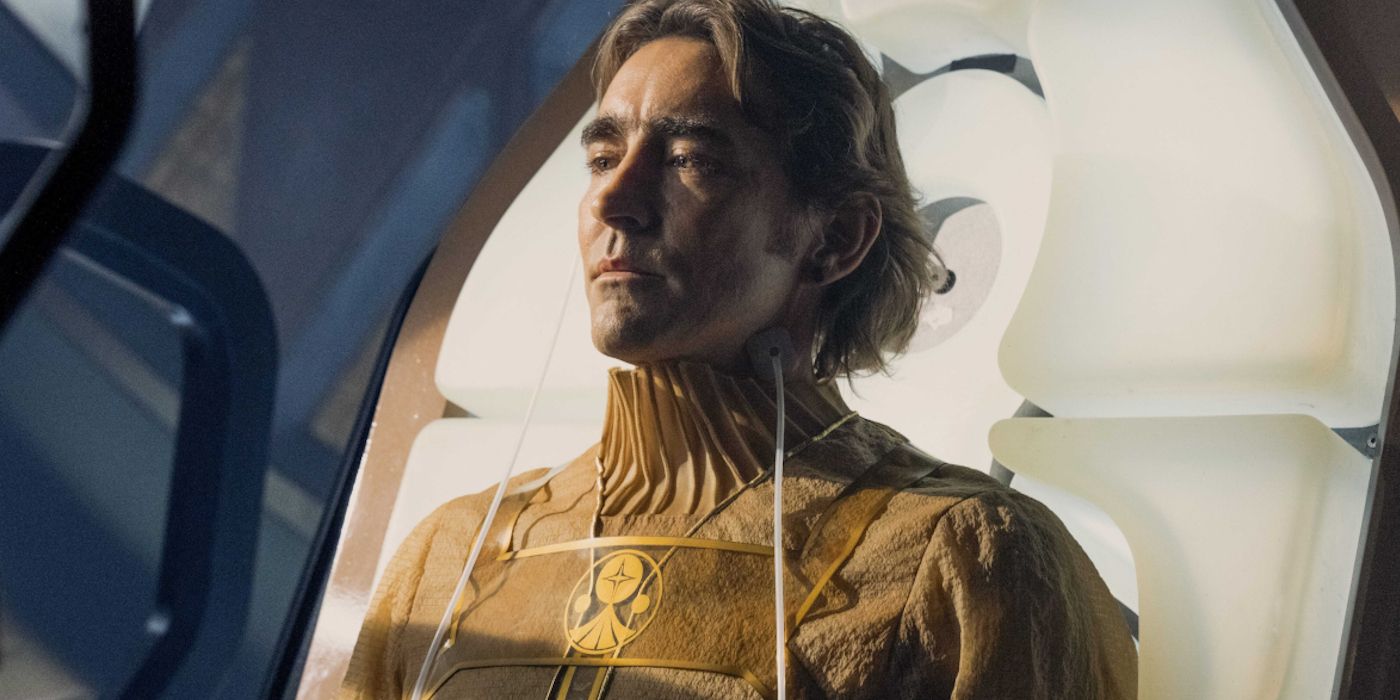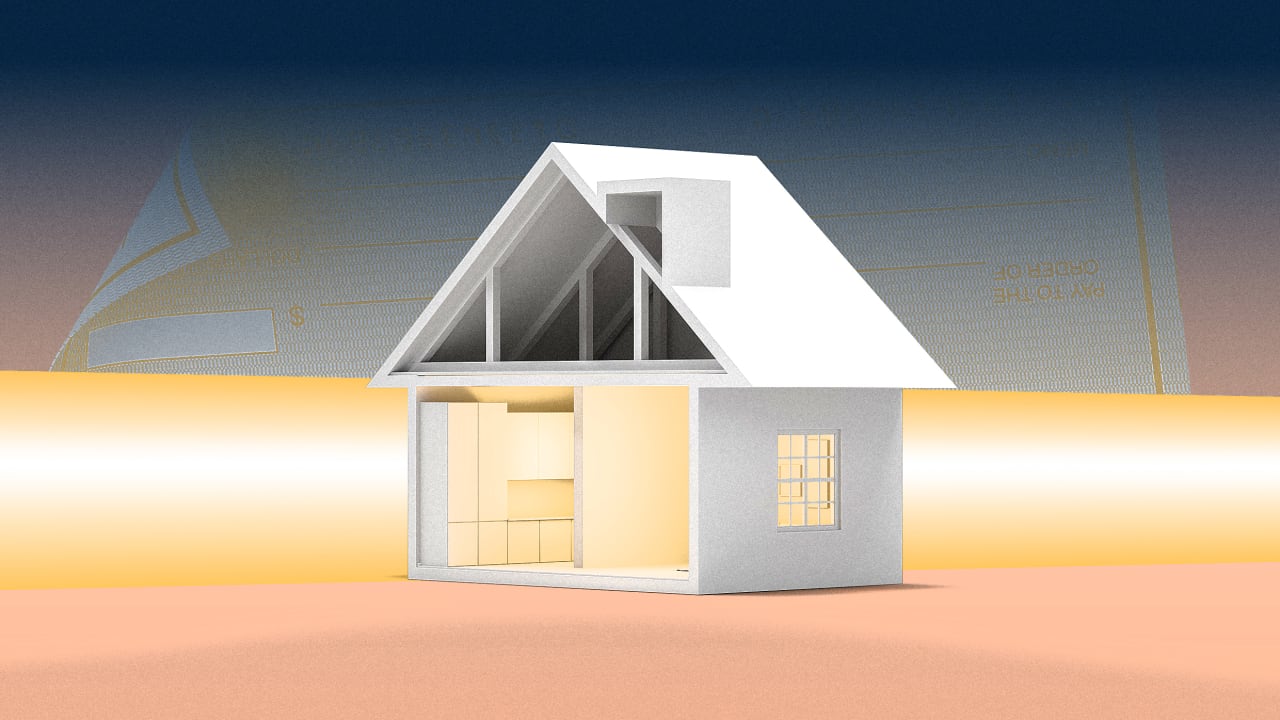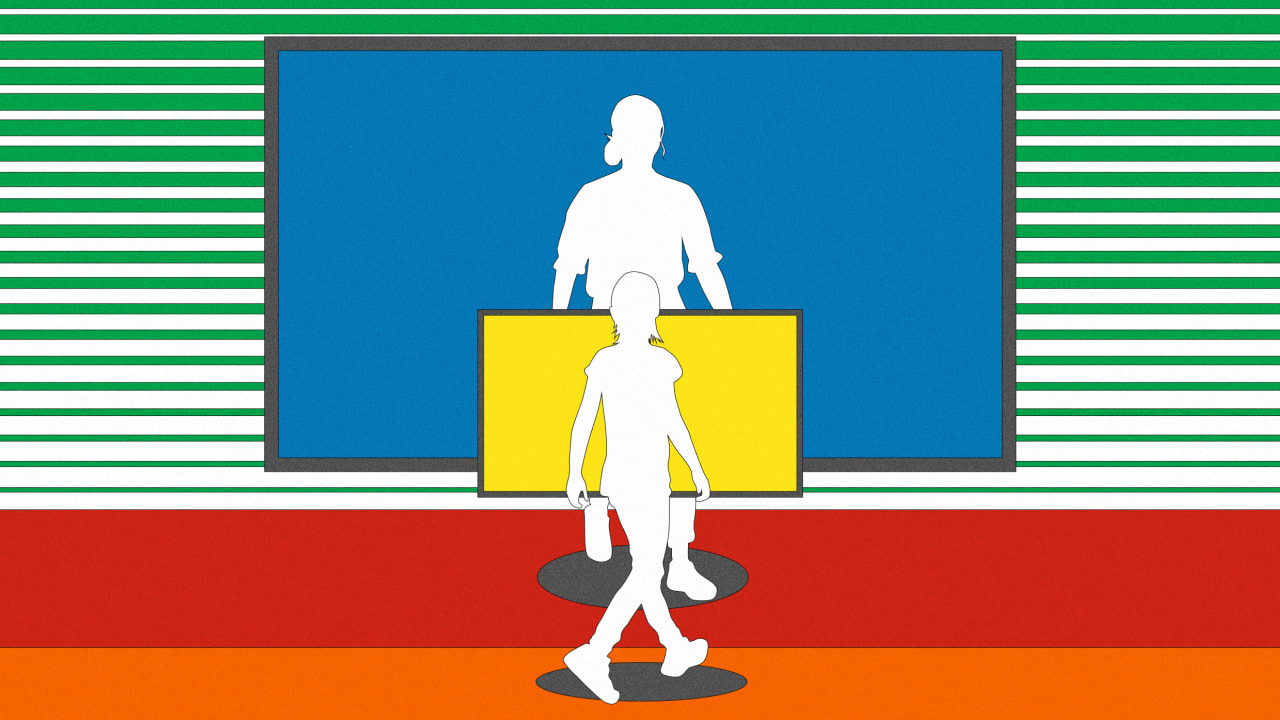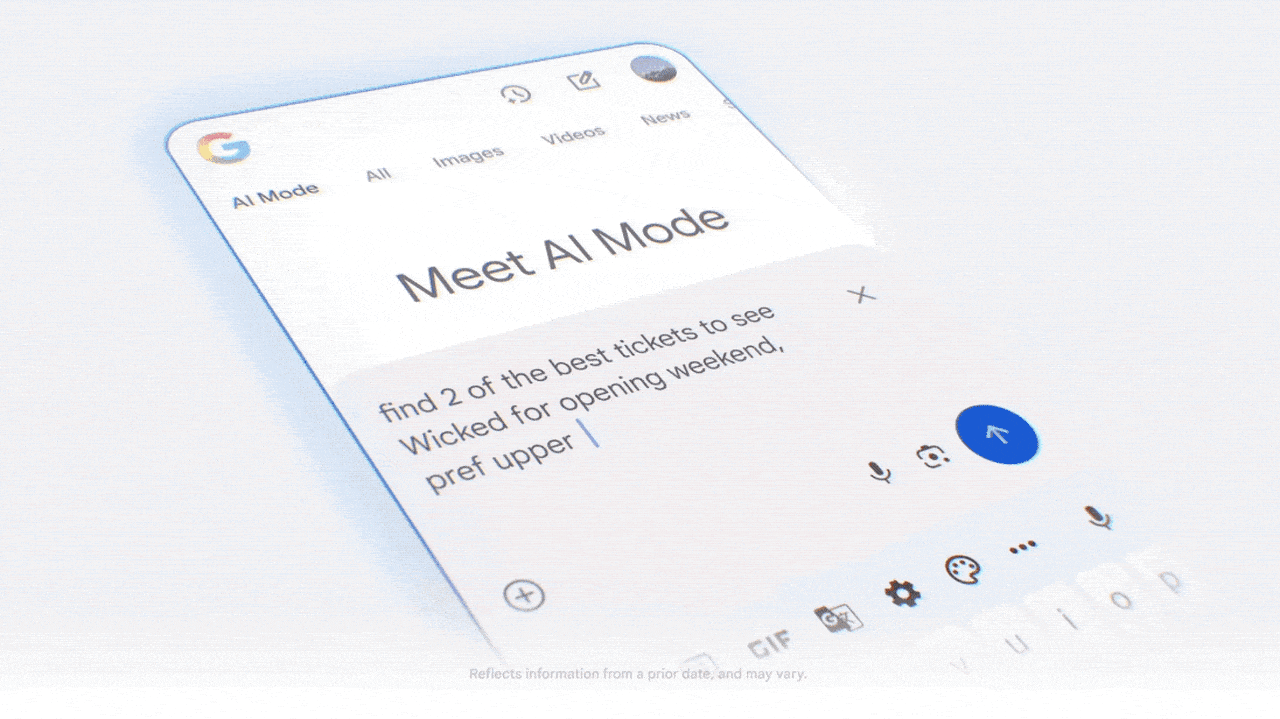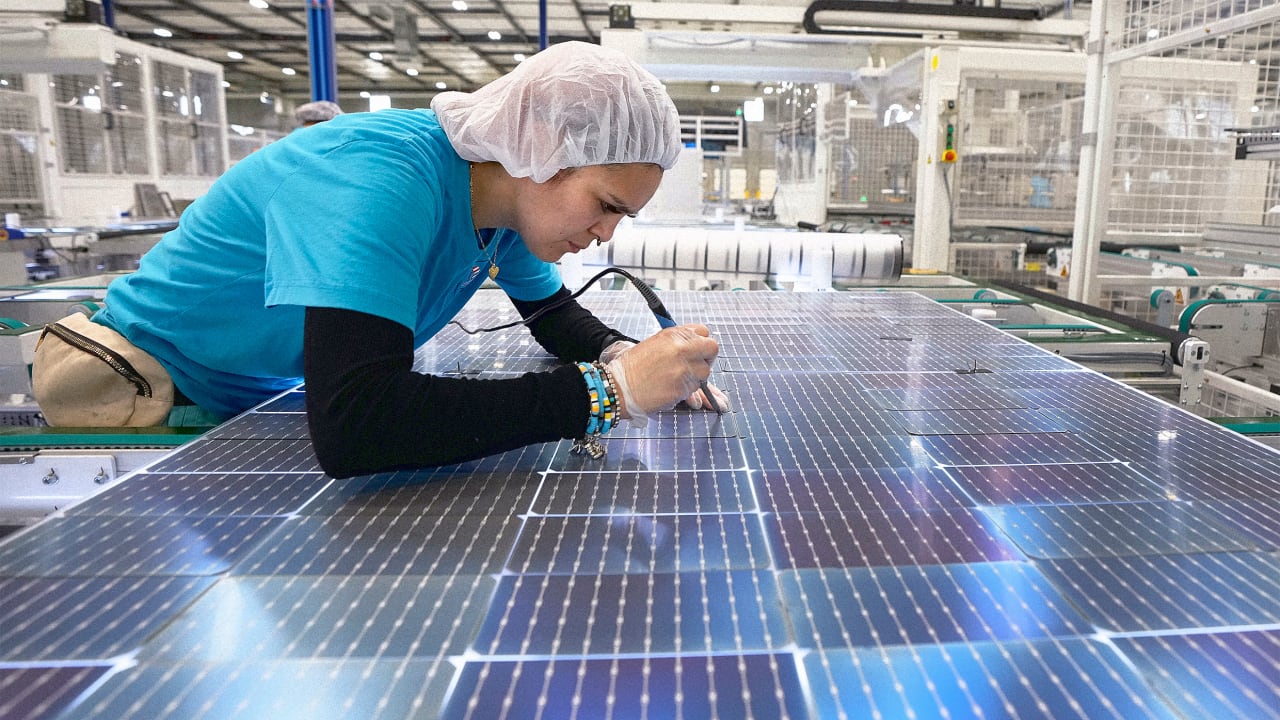The old traffic math that keeps destroying neighborhoods
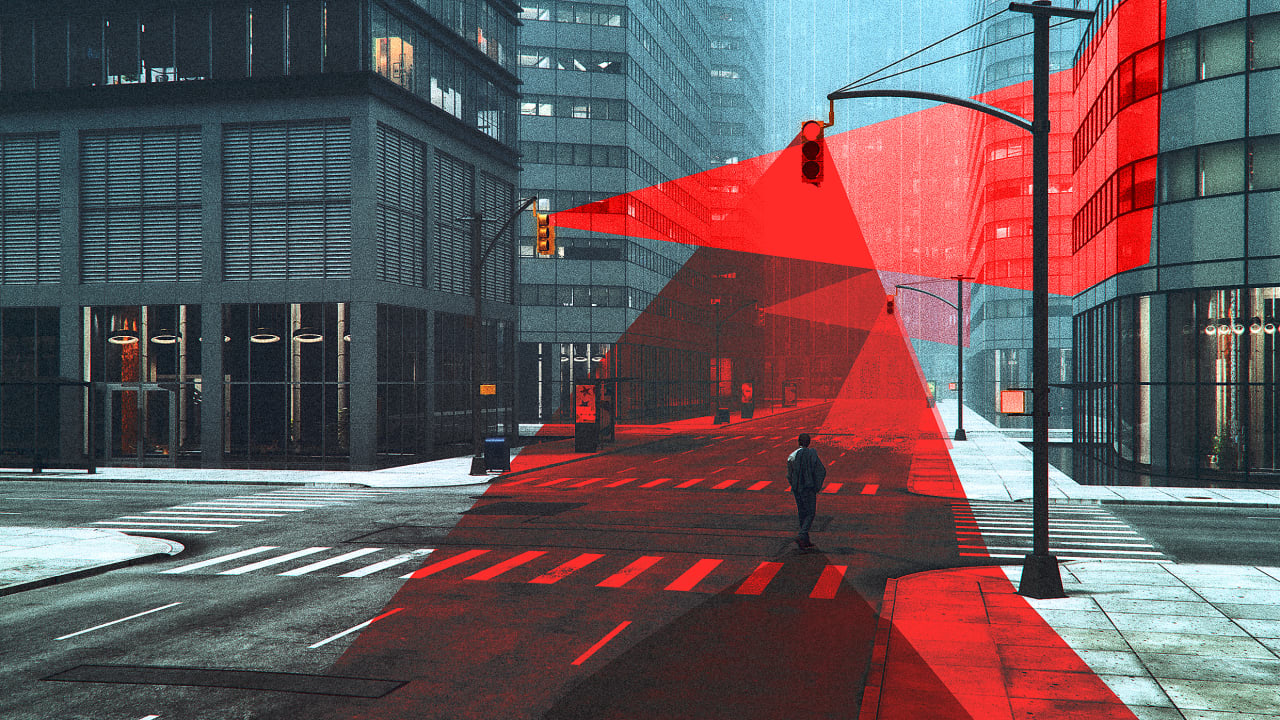
If you want to understand how even modern American cities became hostile to human life, don’t start with the political conspiracies; look at the way city planners and road engineers calculate success.
Every day, public agencies across the country greenlight projects that cost millions of dollars, destroy neighborhoods, and ultimately kill people—all in the name of saving drivers a few seconds. This is standard operating procedure, justified by a single, dangerous metric: vehicular delay.
In transportation bureaucratese, it’s called Level of Service (LOS). Think of it as a report card with grades A to F describing how freely cars move. But this grade has nothing to do with safety, quality of life, economic productivity, or human flourishing. It’s entirely about how long a vehicle waits at an intersection or slows down during rush hour. The built environment is shaped around that metric.
Take a look at this table that status quo planners and engineers use to measure an intersection’s performance.
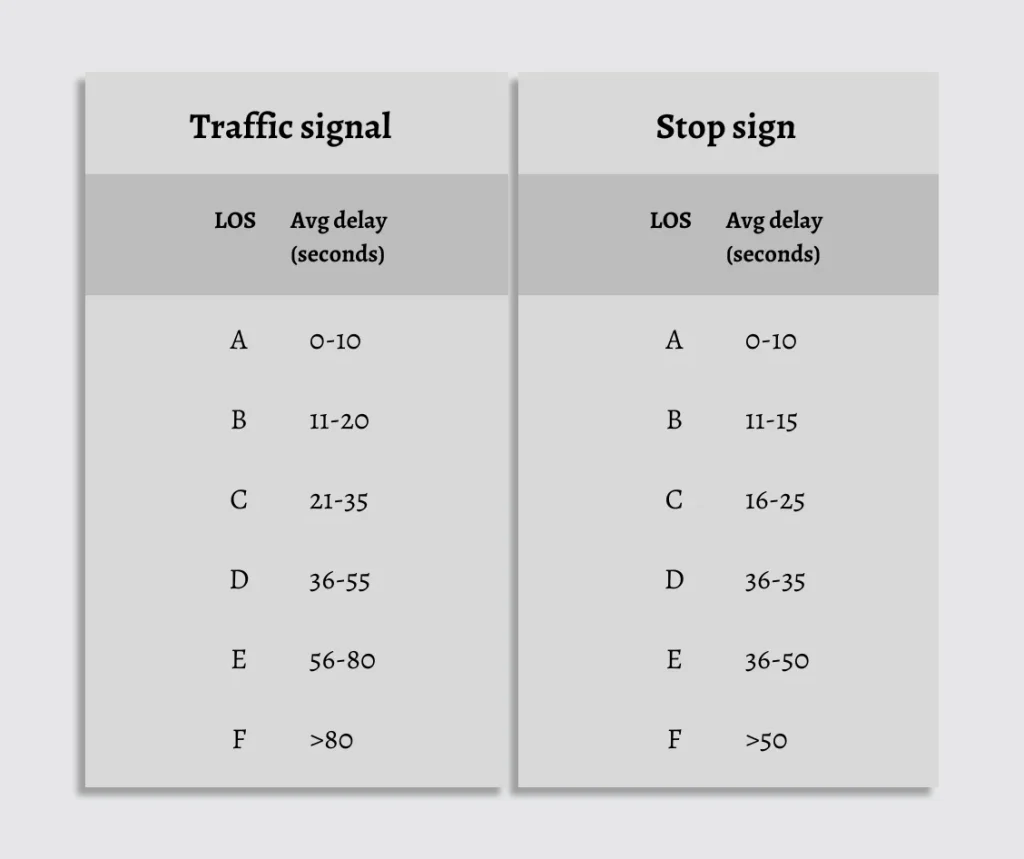
Experts give a failing grade to an intersection where people wait a little over a minute before going about their business. Taxpayers are forced to chip in for road expansion projects that cost hundreds of millions of dollars to build—projects “justified” by the impatient nature of drivers.
It gets worse.
The intersections are graded during the busiest hour of the busiest day of a week. If the experts were honest about their analysis, they’d tell you the following:
“During the busiest hour of the day, the average driver waits 30 seconds at the stop sign. We give that a grade of D. The other 23 hours of the day don’t matter.”
The average person attending a public hearing has been trained since early childhood that A is good and F is bad. So even if they don’t like the idea of the local government seizing their front yard in order to widen a street to improve LOS, normies assume road expansions are for the greater good. Such is the treacherous nature of LOS.
But wait, it gets even worse.
Fortune-telling replaces advanced education and engineering judgment as the experts responsible for designing transportation systems use manuals that are the equivalent of Magic 8 Balls to ask if we need more space for car traffic decades into the future. The answer, of course, is always “Signs point to yes.” Again, if they were honest, the forecasting analysis would be described like this:
“The transportation department is guessing that 20 years from now, the average driver might have to wait an entire minute at the stop sign. We give that a grade of F. The other 23 hours of the day won’t matter.”
With the prophecy of more traffic in hand, engineers not only design today’s streets to earn good grades on the pseudoscience report card, they design for a future they can’t possibly predict. With infrastructure designed for high-volume, high-speed, low-delay motor vehicles, anyone wanting to walk or ride a bike is put into a lethal game of Frogger. When a city does create bus and bicycle infrastructure to shift trips from vehicles to other modes, the traffic report cards don’t reflect the fact that people have options. It’s solely focused on cars.
There’s no redeeming quality to LOS.
This obsession with delay has had disastrous effects. When your only metric is vehicle throughput, you end up designing highways through neighborhoods, not places worth living in. A traffic engineer will tell you it’s more efficient to eliminate street parking and narrow sidewalks to make room for a dedicated right-turn lane. The spreadsheet says so. But that same design makes it harder to cross the street, harder to linger, harder to be a human being. The math checks out, the morality doesn’t.
A status quo success story is when a road expansion allows a driver to get home 18 seconds sooner but makes it impossible for a child to safely bike to the library.
Every single intersection is analyzed and graded based on seconds of delay for drivers. So every single intersection “needs” more lanes to pump as much car traffic as quickly as possible through an intersection. Anything else (moms pushing strollers, grandparents with canes, kids on bicycles) interferes with LOS.
Here are three important questions for experts to ponder:
- Is slow-moving car traffic ever safer than fast-moving traffic?
- Do we have any obligation to provide safe and convenient access for people when they aren’t inside cars?
- What are the economic downsides of wider, faster streets in the central business district?
When planners and engineers truly wrestle with those questions, they can choose to remain a conformist who ignores the damage of traffic metrics, or become an outlier in the industry and make a positive impact that might be felt for generations to come. Things can get better in the end.
What's Your Reaction?
 Like
0
Like
0
 Dislike
0
Dislike
0
 Love
0
Love
0
 Funny
0
Funny
0
 Angry
0
Angry
0
 Sad
0
Sad
0
 Wow
0
Wow
0





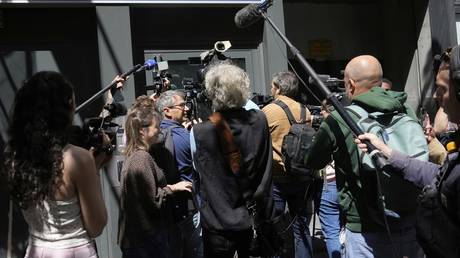
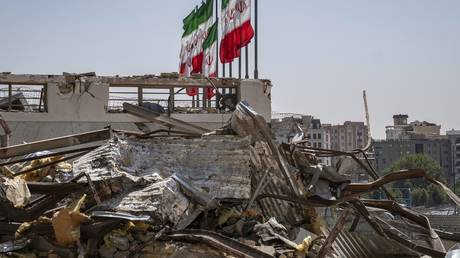



















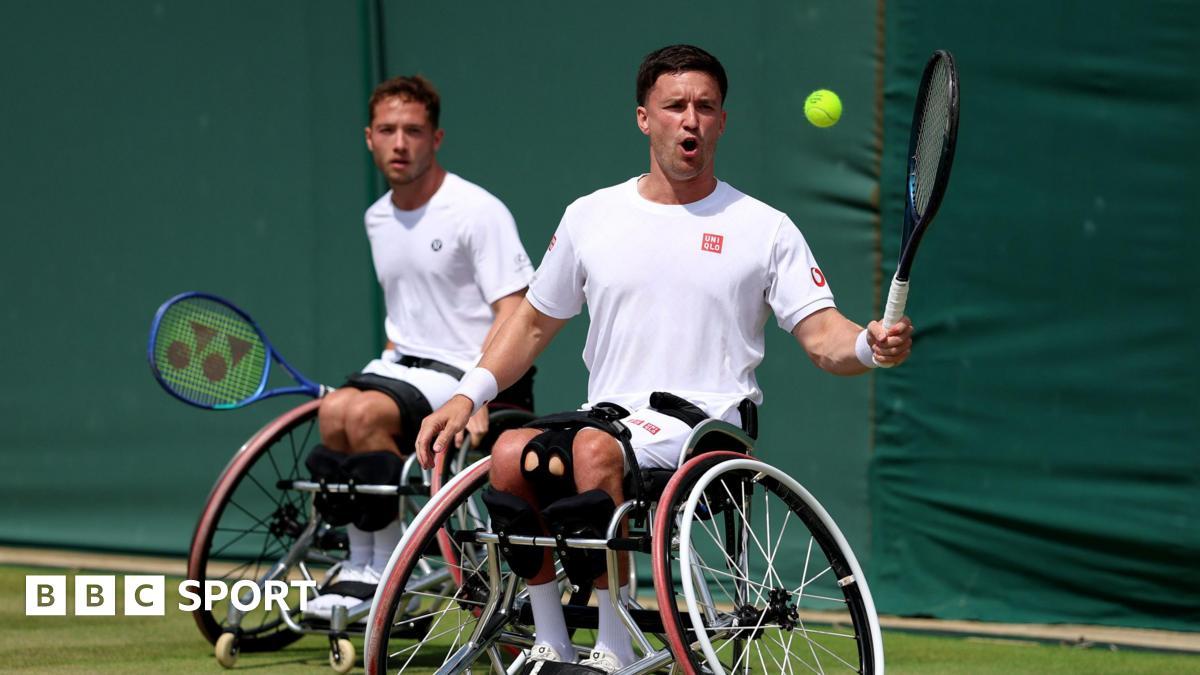
.jpeg?width=1200&auto=webp&crop=3:2#)







